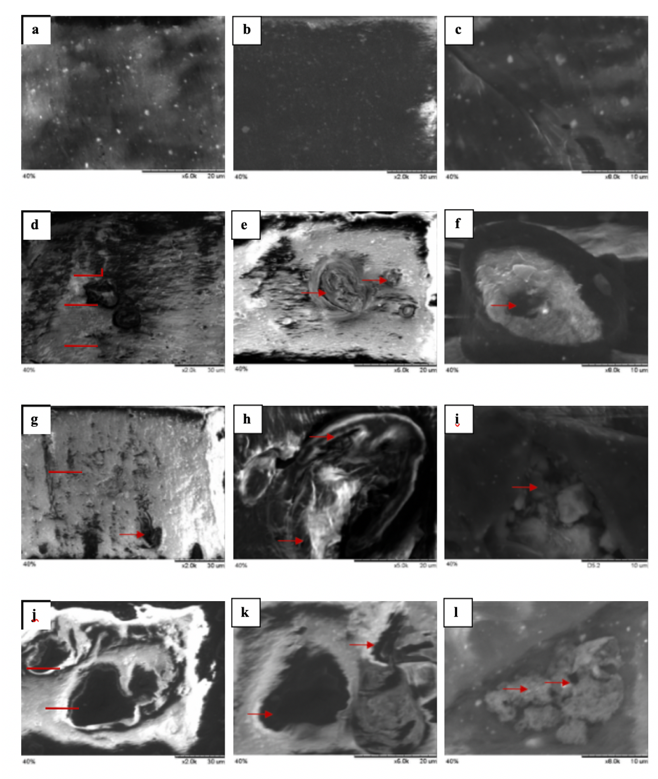VOLUME 12 (Supplement)

Philipp. Sci. Lett. 2019 12 (Supplement) 055-069
available online: July 17, 2019
*Corresponding author
Email Address: rqbaculi@up.edu.ph
Date Received: February 15, 2019
Date Revised: June 23, 2019
Date Accepted: June 25, 2019
ARTICLE
Enhanced in vitro biodegradation of low-density polyethylene using alkaliphilic bacterial consortium supplemented with iron oxide nanoparticles
Joanna Maria C. Sison, and Ronan Q. Baculi*
Baguio City, Philippines
Low-density polyethylene (LDPE) has been used extensively leading to its overaccumulation in the environment. Recent studies have shifted their focus on devising techniques that could accelerate the biodegradation process such as the formulation of microbial consortia and the use of nanoparticles. In this study LDPE biodegradation was carried out by using a bacterial consortium composed of the two most efficient LDPE-degrading alkaliphilic bacterial strains isolated from hyperalkaline spring (pH 11) in Zambales, Philippines, through enrichment techniques. Phenotypic and molecular analyses revealed that the isolates were phylogenetically affiliated to Bacillus pseudofirmus and Bacillus agaradhaerens. The supplementation of iron oxide nanoparticles (IONPs) significantly increased the bacterial growth, along with shortened lag phase and longer stationary phase. The bacterial consortium, in the presence and absence of IONPs, was able to reduce the weight of the residual polymer up to 18.3 ± 0.3% and 13.7 ± 0.5%, respectively, after 60 days of incubation. Bacterial adhesion to hydrocarbon test demonstrated higher hydrophobicity of the consortium with IONPs. This result was corroborated by an increased protein content of the cells adhered to the films. End-product analysis by Fourier transform infrared and scanning electron microscopy revealed chemical bond shifting and pronounced disruption of surface texture in the presence of IONPs, respectively, thereby confirming the biodegradation process. The combination of the two isolates supplemented with IONPs exhibited maximum degradation of LDPE as revealed by various analyses. Bacteria-nanoparticle interactions are significant, and the formulation of alkaliphilic bacterial consortium grown in the presence of nanoparticles accelerates the rate of LDPE film degradation.
© 2025 SciEnggJ
Philippine-American Academy of Science and Engineering